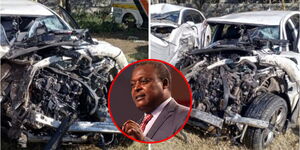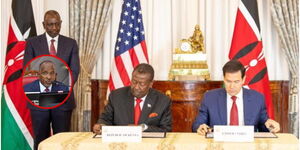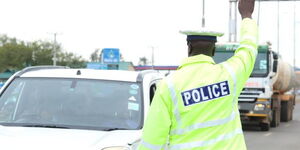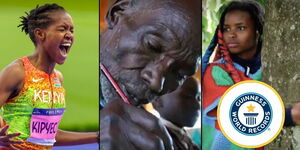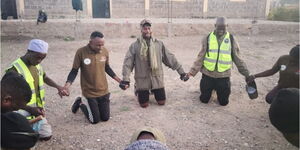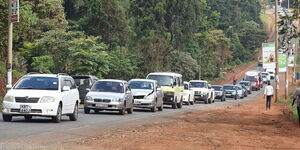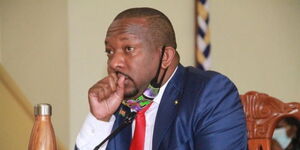In the eight months since Covid-19 was recorded in Kenya, the public suffered brutality in various ways and journalists were not left behind.
A new report by the Media Council of Kenya released on Monday, November 2, listed the counties considered most dangerous for journalists to work in, judging by the number of brutality cases reported.
Nairobi led the pact after recording nine cases followed by Turkana, Kiambu, Mombasa, Nakuru, Uasin Gishu, Mandera, Kisumu, Nyeri and Baringo.
The country recorded 52 cases in the eight months, with a majority being men who accounted for 83% while 14% were women.
It was also revealed that most cases of violence were meted by police officers who accounted for 19 cases followed by members of the public (13), unknown people (5), politicians (5) and county government officers (3).
Scribes also suffered threats and intimidation by politicians, confiscation of equipment, and censorship of journalistic content.
Most journalists and media practitioners whose rights were violated were reluctant to report the cases to the relevant authorities.
Those who dared to report ended up withdrawing or abandoning the cases midway, thus perpetrating impunity and the 27% cases that were reported were never investigated or completed by police.
In the report, the media watchdog also carried out a sexual harassment survey on 118 randomly selected journalists online.
The findings showed that women were 73% likely to be sexually harassed while 62% of journalists confirmed that they know some of their colleagues who had been harassed.
The report also showed that reporters were highly likely to be harassed than other occupations in the profession such as correspondents, camera workers and editors.
49% of the victims also confirmed that they were not comfortable speaking about their experiences with their supervisors.

